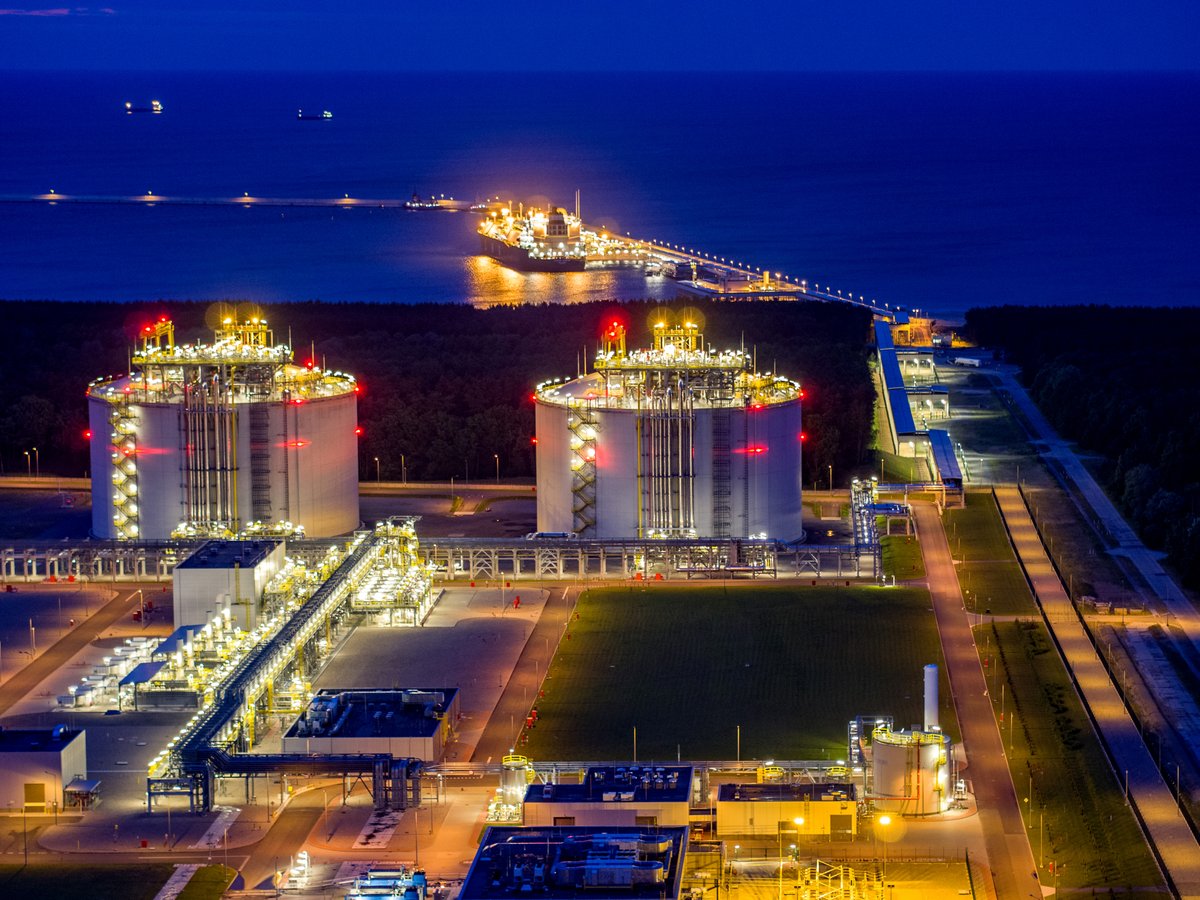Almost €128 million from the European Regional Development Fund (ERDF) is invested in extending the Świnoujście LNG terminal. The current investment adds to more than €250 million invested by the EU in the LNG terminal and to over €2 billion in Polish energy infrastructure since 2007. LNG Terminal The LNG regasification terminal in Świnoujście is the biggest liquefied natural gas facility in Northern Europe and in the Central and Eastern Europe. It is a strategic investment
Extension of Liquefied Natural Gas (LNG) Terminal: increasing Poland and EU’s energy security
- 24 April 2019

Almost €128 million from the European Regional Development Fund (ERDF) is invested in extending the Świnoujście LNG terminal. The current investment adds to more than €250 million invested by the EU in the LNG terminal and to over €2 billion in Polish energy infrastructure since 2007.
LNG Terminal
The LNG regasification terminal in Świnoujście is the biggest liquefied natural gas facility in Northern Europe and in the Central and Eastern Europe. It is a strategic investment for the interests of Poland, contributing to the diversification of natural gas supply sources and improving the country’s energy security.
Gas is a convenient commodity for transport because after liquefaction its volume is reduced 600 times. This way natural gas is being liquefied, loaded on ships and transported for example from the Arabian Peninsula to Poland. In the Świnoujście LNG terminal the liquefied gas undergoes the regasification process and then is transported via a network of pipelines to the customers.
The current installation, the three-year-old LNG terminal, was constructed with assistance of ERDF grant of €224 million from OP Infrastructure and Environment 2007-2013 and €55 million from the European Energy Programme for Recovery. The current investment of €128 million from OP Infrastructure and Environment 2014-2020 will add extra gas bunker facilities and seaside infrastructure. Current regasification capacity of the terminal is 5 billion m3 / year. Thanks to the expansion, the regasification capacity of the terminal will increase by 50% (eventually it will reach 7.5 billion m3 / year).
Baltic Pipe
As the expanded LNG terminal will not be sufficient to cover total energy demand, Poland further diversifies its gas supplies. Last week, on 15 April 2019 an agreement for the €215 million Cohesion Fund grant for the ‘Baltic Pipe’ was signed. The Baltic Pipe Project is a gas infrastructure project aiming at creating a new gas supply corridor in the European market connecting Poland and Denmark with Norway.
Projects of Common Interest
Both LNG terminal and the Baltic Pipe are key European energy infrastructure projects with major cross-border benefits. They were placed on the European list of Project of Common Interest (PCI). This list includes investments that are of particular importance for increasing the security and diversification of natural gas supplies in Europe and for building an integrated and competitive market and will contribute to the achievement of European energy and climate goals.
The LNG terminal enhances the energy security of Poland and leads to actual diversification of gas supply sources also for neighbouring countries such as Baltic States, Ukraine and Czechia. The use of LNG enables customers to be supplied with gas on uninterrupted basis.
The Baltic pipe will allow, as of 2022, the shipment of gas from the North Sea to the Polish market and further to the Baltic, as well as to end-users in neighbouring countries. At the same time, the pipeline will enable the supply of gas from Poland, including from Liquefied Natural Gas imports, to the Danish and Swedish markets.
